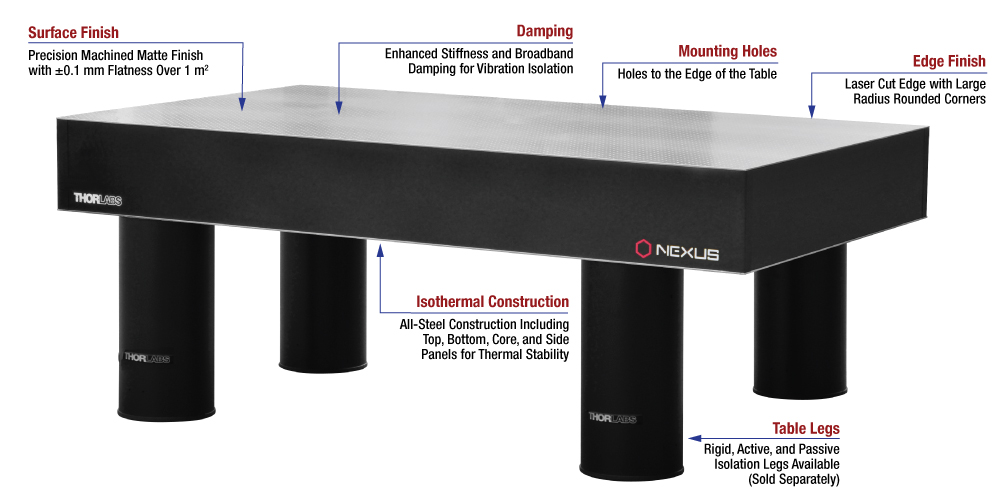So I was watching a youtube video about heat dissipation in pc cases, and it got me remembering a ways back when I was wondering why we aren’t using photons for some things instead of electrons.
For instance, when it comes to a cpu, since it’s just transistors switched on or off, that could be run on photons instead of electrons. So I did a quick search, and I did see a good article on quantum photo-transistors.
I had done a similar search a few years ago and got nothing. The article above is 4 months old, but it is news to me:)
Now, not every system in a pc could be run on photons, I get it. The amplifiers for display and audio output would still need to be there. But the cpu, gpu, ram, chipset, and drives could all be run on photons. And it would stay near room temperature:)
And even though the transistors in the article were for quantum computing. there is no reason it could not be used for standard computing right now. And they can operate the transistors at 10 billion photonic qbits per second. That is almost twice the speed of a turbo on a modern intel chip. And judging by the size they got it down to, 1 million transistors for the size of a salt grain, we wouldn’t need a die shrink to 7nm to save power, increase transistor count, or to kick ass in fps games. All in a fanless pc.
Then it got me to thinking, again.
I can see a possible future where instead of just electrical power lines running into our homes, we might also have a secondary fiber line. Appliances will need electrons, but our lights can be powered directly by photons. That would probably cut grid demand by around 20%.
With light hubs scattered around, we could have a light grid along side our existing power grid, harvesting sunlight by day, and some leds running in hubs at night.
Now, even though I have a phd in thingeemajiggerology, I am no light scientist. But I believe the transmission of photons is far more efficient than electrons.
I realize by the time a decent light processor comes out, I will probably live in a senior center, burping my colostomy bag on the other seniors for fun, but a guy has to dream, right?
And I am genuinely curious as to what technology predictions others might have. What do you all see in the near future that is bad-ass?
OK, I wanted to edit this with an idea for a light transistor. You could have like a 2 watt led that can output white light that can be broken down into, say, 10 individual colors. Each color of light could move through the transistors independent of the other colors. Cheap processors could do about 10 colors, while higher-end production oriented cpu’s could split the light into 100 or more colors. This would be tantamount to 10 threads, or 100 thread processors:)



 I am working with beamsplitters and other optical components. I mentioned beam splitters because I think this will be one of the easier components to miniaturize and mass produce on a chip like scale. Tuning frequency combs and highly coherent light sources or producing those in quantity with high quality is going to be hard. Not to mention scaling those down anywhere close to modern CPUs is not possible without new technology.
I am working with beamsplitters and other optical components. I mentioned beam splitters because I think this will be one of the easier components to miniaturize and mass produce on a chip like scale. Tuning frequency combs and highly coherent light sources or producing those in quantity with high quality is going to be hard. Not to mention scaling those down anywhere close to modern CPUs is not possible without new technology.